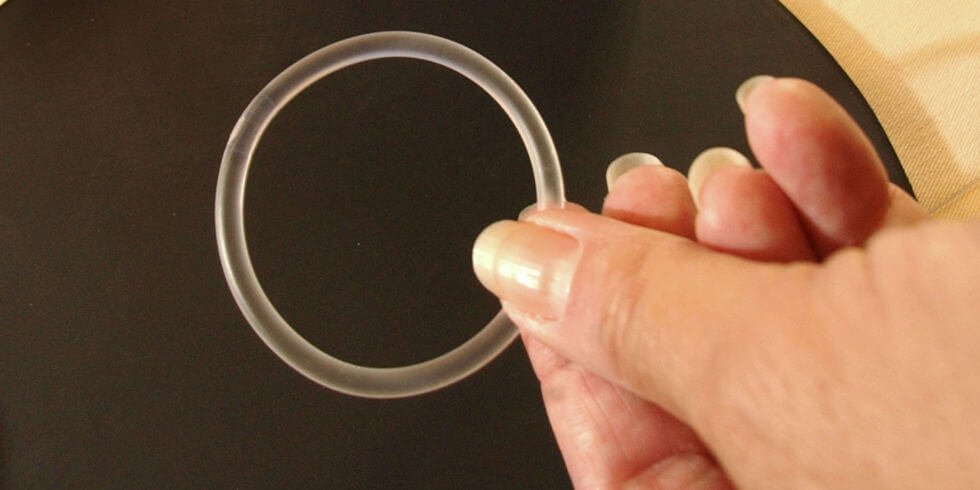When it comes to avoiding pregnancy, most couples either opt for the good old condom or the morning-after pill, even though there are a myriad of other options available. Considering that you mean to take care of your health when you’re using a condom or a pill, we believe that it’s important to weigh your options and figure out what suits your body the best. Because every body is different and what suits your friend might not necessarily suit you.
If you’re a sexually active woman, it’s important that you don’t risk your health by popping an emergency pill every time you have sex. Because in the long run, it’s definitely not a safe bet.
Here are different contraceptive methods that are safer, hassle-free and healthier in the long run:
1. Female Condom
The female condom is made up of a soft plastic called polyurethane. It lines the vagina up to the cervix and if used correctly, it can be 99% efficient. It protects against STDs but, it carries the high-risk of breakage. The best part is that unlike male condoms, these can be inserted into the vagina 8 hours before having intercourse.
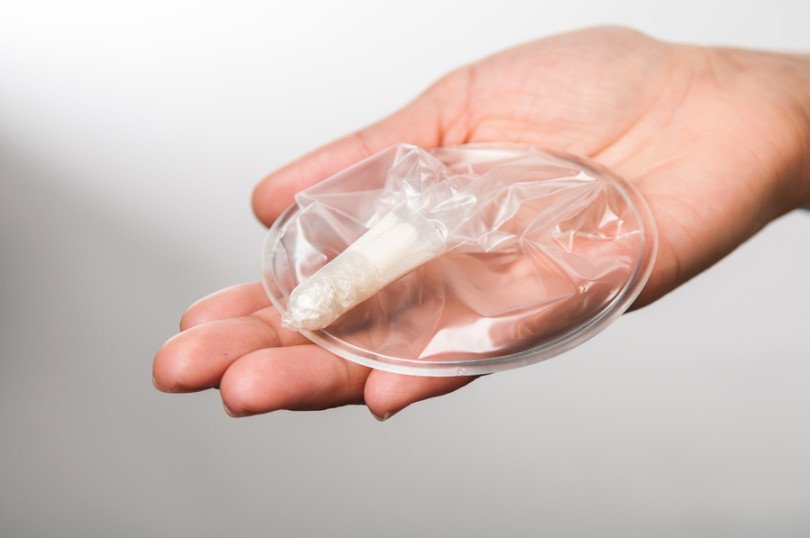
2. Combination Pill
A combination pill has both estrogen and progestin. But for it to be effective, it needs to be taken daily at the same time. It also comes with a wide array of side-effects like nausea, vomiting, hot flashes and many more. But, if you want to get pregnant or are planning to, you can just discontinue these pills and your body will be back on its regular course.
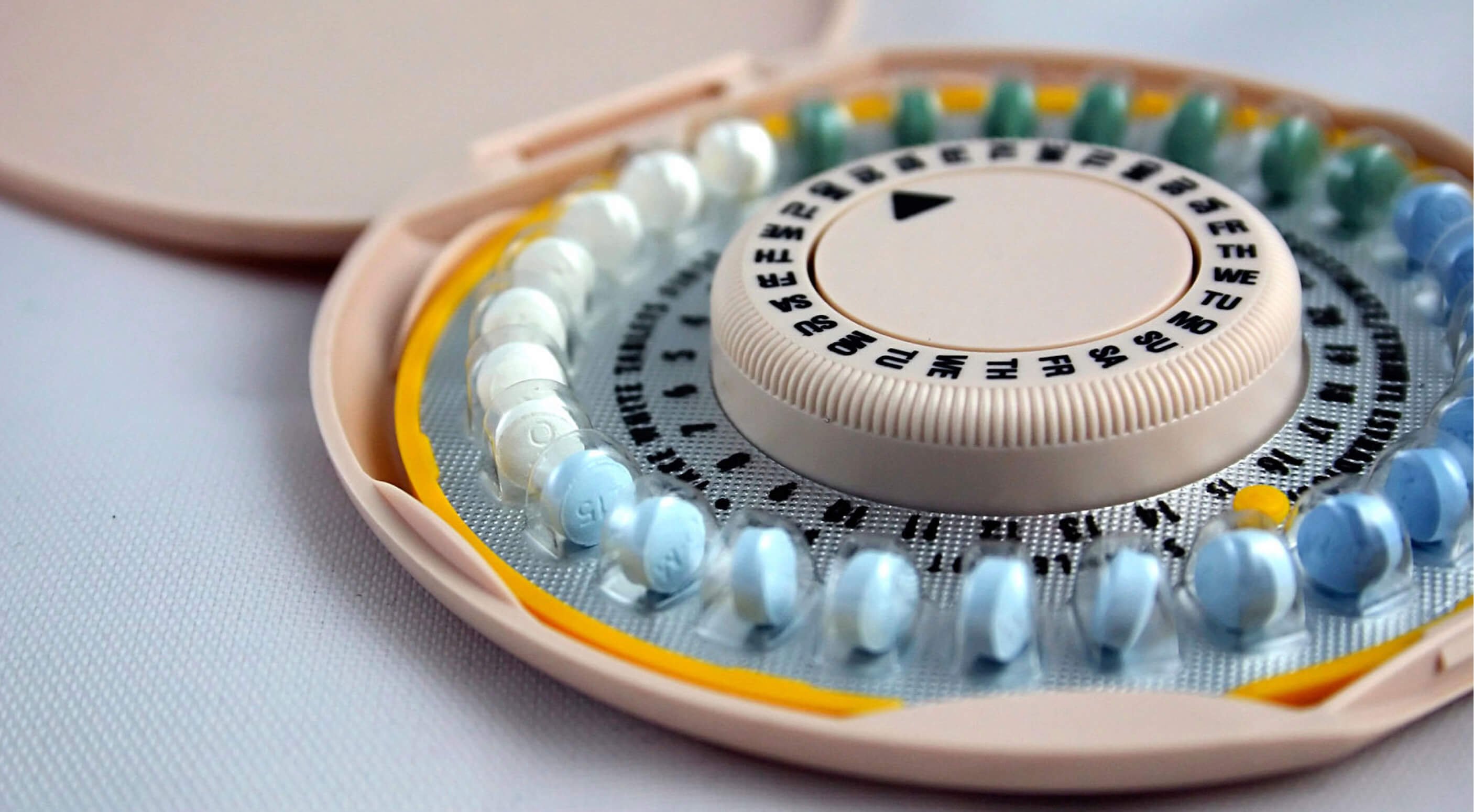
3. Progestin-Only Pill
Also called the mini-pill, these pills do not contain estrogen, but they still need to be taken daily and at the same time. It’s a safe option for women who’re breastfeeding and for those who suffer from diabetes and heart problems.

4. IUD
Intrauterine device (IUD) is a small coil-like structure made of plastic and copper which is inserted into the uterus. The best part about this contraceptive method is that you can have it put and not worry about taking pills everyday. It can stay put up to 5 to 10 years or you can have it removed whenever you want.
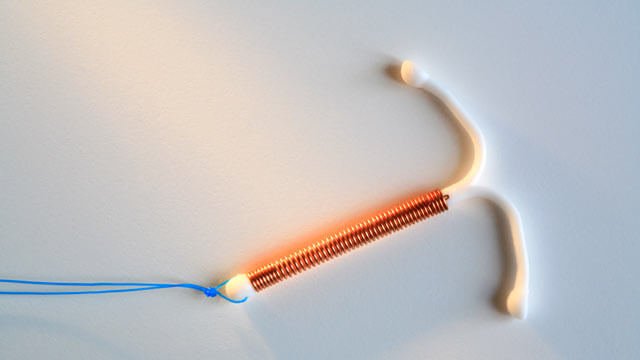
5. Diaphragm
It’s a shallow, dome-shaped cup made of silicone which is inserted into the vagina. It covers the cervix and keeps the sperms from entering the uterus. But for a diaphragm to work efficiently, it needs to be used with a spermicide.
6. Contraceptive Injection
A contraceptive injection contains the synthetic form of the hormone, progestogen. It thickens the cervical mucus and prevents the sperm to enter the uterus. One injection can last up to 8-12 weeks depending on what type you’re going for. Although, it’s a reversible contraception, it can take up to a year for the effects of the injection to wear off.

7. Contraceptive Implant
It’s a 40mm small flexible tube which is inserted into the skin on your upper arm. It releases progestogen which thickens the cervical mucus and thins the lining of the womb. It can last up to 3 years and is almost 100% effective.

8. Contraceptive Patch
The contraceptive patch contains both estrogen and progestogen and works the same way as the implant and the injection. However, the patch needs to be changed at least once a week. But it sure is one of the easiest options to go for.
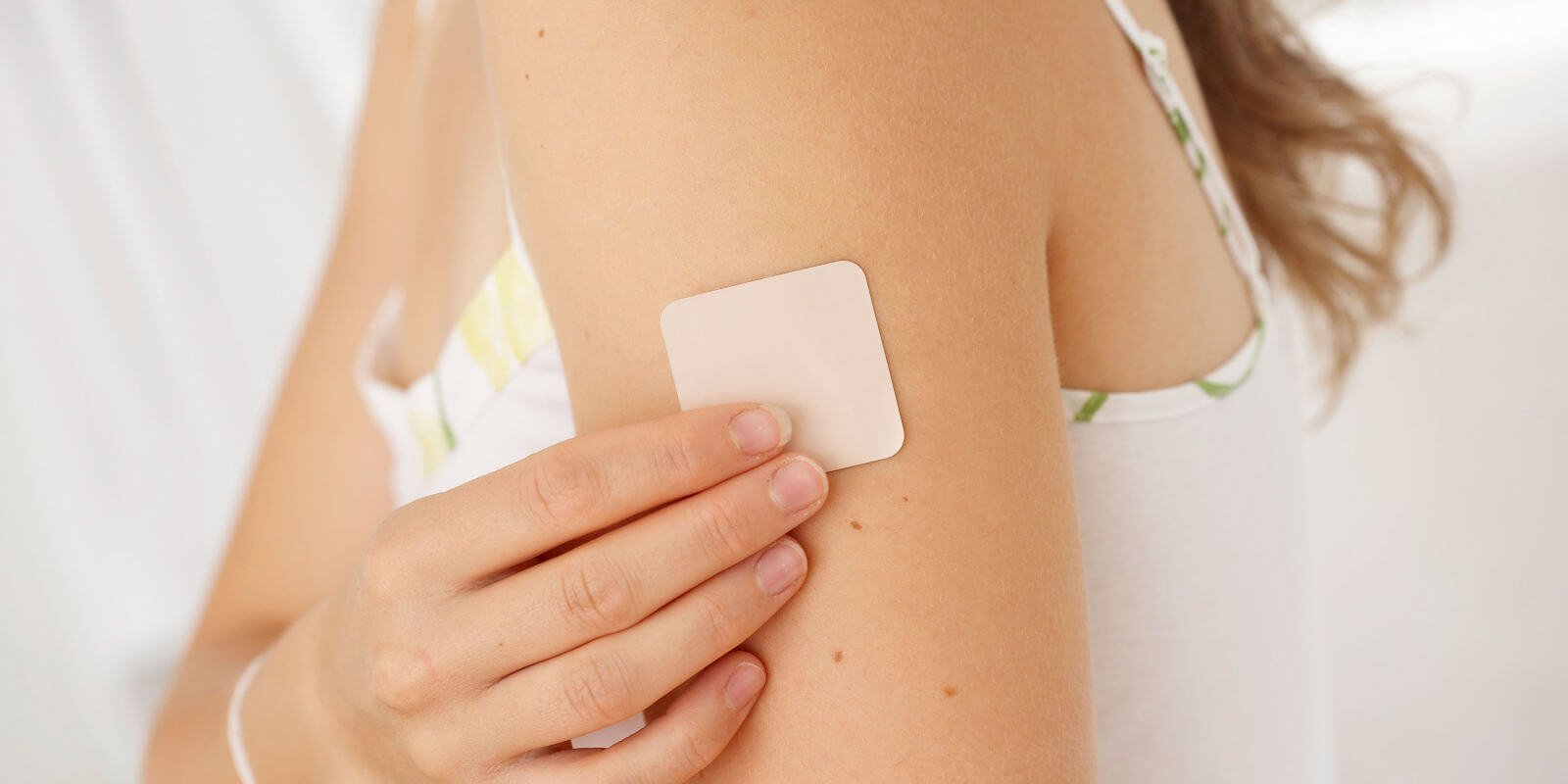
9. Vaginal Ring
It is a small, flexible plastic ring that delivers progestin and estrogen to the vagina that keeps eggs from leaving the ovaries. It is inserted into the vagina for three weeks every month and removed for the duration of the last week so you can have your periods. It can be inserted without medical supervision as all you have to do is put it inside, just like you would put a tampon. If you’re worried about safety, let us tell you that it’s perfectly safe as long as you maintain proper hygiene.
